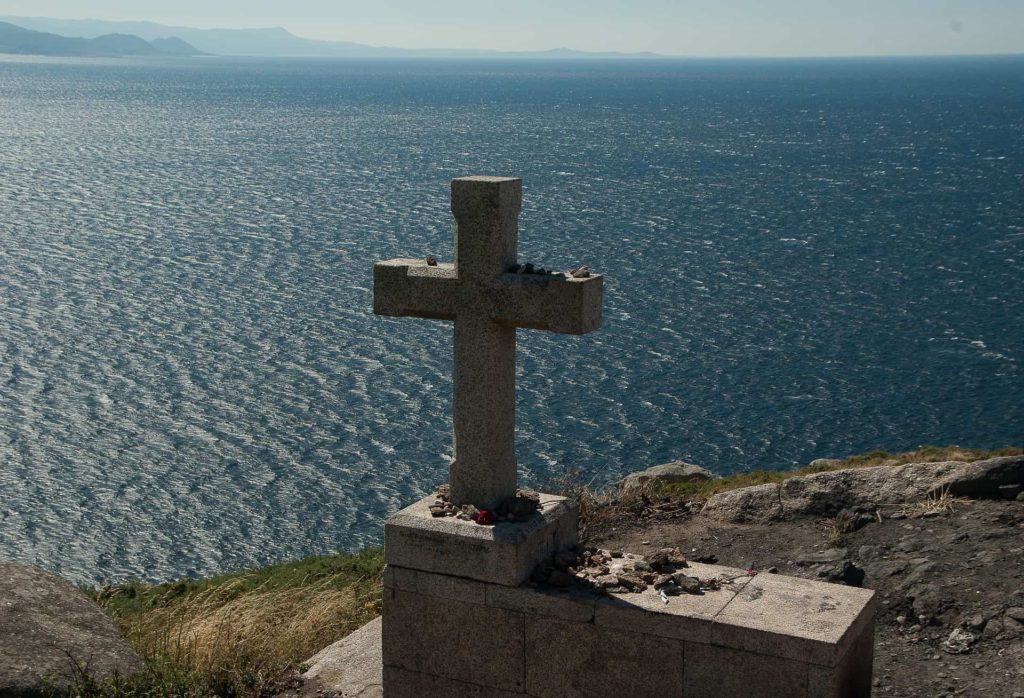Porto, also known as Oporto in some languages, is the second-largest city in Portugal. Port wine, one of Portugal’s most famous exports, is named after Porto, since the metropolitan area, and in particular the cellars of Vila Nova de Gaia, were responsible for the packaging, transport, and export of fortified wine. In 2014 and 2017, Porto was elected The Best European Destination by the Best European Destinations Agency.
Guimarães. Its historic town centre is listed as UNESCO World Heritage Site since 2001, in recognition for being an “exceptionally well-preserved and authentic example of the evolution of a medieval settlement into a modern town” in Europe. Guimarães had a feminine monastery which made much influence over its regional gastronomy, specially its “Tortas de Guimarães” (Guimarães’ pies).
Braga. Under the Roman Empire, then known as Bracara Augusta, that’s why is called the Portuguese Roma. Inside of the city there is also a castle tower that can be visited. Nowadays, Braga is a major hub for inland Northern Portugal.
Tui. It is located on the left bank of the Miño River, Spanish side, facing the Portuguese town of Valença. Two bridges connect Tui and Valença. Both countries being signatories of the Schengen Treaty, there are normally no formalities in crossing what is the busiest border-point in Northern Portugal. The views over the Miño River are spectacular.
Cies Islands. Three islands, Monteagudo (“Sharp Mount” or North Island), do Faro (“Lighthouse Island”, or Isla do Medio, “Middle Island”) and San Martiño (“Saint Martin” or South Island), compose the archipielago of Cies Islands. It was declared a Nature Reserve in 1980. Creating the National Land-Marine Park of the Atlantic Islands of Galicia, formed by a number of archipelagos, islands and cays, namely the Cíes. Some species of birds of prey, pigeons, petrels, pelicans, doves, woodpeckers and other types of birds, which nest in trees and cliffs. Also, there are a variety of many types of birds wintering or resting on their migratory journeys here.
Pontevedra. Yes… what a fish market! Surrounded by hills, the city is located on the edge of an estuary at the mouth of the river Lérez by the sea, at the bottom of the Ría de Pontevedra, in the heart of the Rías Baixas. The capital of the province of Pontevedra has become one of the most pedestrianised cities in Spain over the last fifteen years. The old city and much of the city centre are pedestrianized, so that in these neighbourhoods, motorized transport is limited to residents and services.
Combarro. Is located in the Rías Baixas estuaries, six kilometres from the city of Pontevedra. The old quarter in Combarro, which has been declared Property of Cultural Interest, is a representative example of three traditional architectural elements in Galicia: “hórreos” (raised granaries), “casas marineras” (sea houses) and crosses.
Santiago de Compostela. The city has its origin in the shrine of Saint James the Great, now the Cathedral of Santiago de Compostela, as the destination of the Way of St. James, a leading Catholic pilgrimage route since the 9th century. In 1985, the city’s Old Town was designated a UNESCO World Heritage Site. Santiago de Compostela is not only the “way”.. it has a substantial nightlife too.
Muros. Is an old harbour town whose traditional economy, like that of most harbour towns, is based on fishing. The town of Muros has arrived to the present time conserving one from the most historical centers of the Galician coast.
Fisterra Cape. (Finisterre). In Roman times it was believed to be the end of the known world. The name Finisterre, derives from the Latin finis terrae, meaning “end of the earth”. Cape Finisterre is the final destination for many pilgrims on the Way of St. James, the pilgrimage to the shrine of the apostle Saint James the Great in the Cathedral of Santiago de Compostela. Cape Finisterre is about a 90 km walk from Santiago de Compostela. It is a recent tradition for pilgrims to burn their clothes or boots at the end of their journey at Cape Finisterre. This costume it is believed to date from pre-Christian times and was possibly associated with Finisterre’s status as the “edge of the world”. The tradition continued in medieval times, when “hospitals” were established to cater to pilgrims along the route from Santiago de Compostela to Finisterre.
Spain and Portugal give the opportunity to fulfil every traveller’s dream, no matter what they are searching for: A relaxing time on the beach, a historical journey into the past, an active and adventurous trip out in the nature, or a mixture of it all. Iberinbound, incoming travel agency, specialized in tours in Spain and Portugal, iberinbound@iberinbound.com fills the perfect conditions for a roundtrip you will never forget!

